Within the past few months, motorists on the Brooklyn-Queens Expressway and nearby residents witnessed the rise of a tower crane to the east of the Kosciuszko Bridge, followed by two concrete pillars. They are seeing the progress on the east span of the Kosciuszko Bridge Replacement, the city’s first major new bridge since the Verrazano-Narrows opened over half a century ago in 1964.
The existing truss structure measures 6,021 feet in overall length, 300 feet long at its central span, and takes the driver 125 feet above the waters of Newtown Creek, which separates Brooklyn and Queens. It opened in August 1939 as the Meeker Avenue Bridge, a replacement for an 1894 structure.
In 1940 the bridge was rededicated after Thaddeus Kosciuszko, a Revolutionary War hero. Coincidentally, the military engineer from Poland is known not only for shoring up George Washington’s Continental Army defenses, but also for blowing up several bridges around the state of New York in order to halt the British advance. The renaming was a gesture of good will towards the Polish community within the city, whose compatriots across the Atlantic were caught in the middle of World War II.
Today, the 76 year old structure is clearly insufficient for its role. It presents a notorious traffic-jammed bottleneck that funnels crosstown traffic into just three lanes in each direction. A 2009 General Contractors Association of New York study has called it the most troubled state owned bridge, and another report by Congresswoman Carolyn B. Maloney’s office concluded that out of the ten worst maintained bridges, Kosciuszko was the most heavily used, with an accident rate of six times the statewide average.
In February 2010, the state’s Department of Transportation publicly presented four bridge designs to the general public: cable-stayed, through arch, box girder, and deck arch, ranging from graceful and inspire to mundane and utilitarian. 
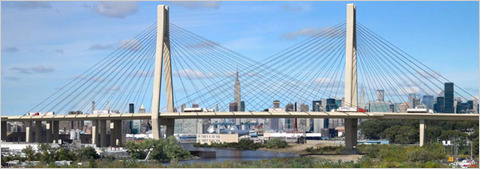



The existing span and the four proposed options (from the State Department of Transportation via the New York Times, 2/18/2010)
Luckily for New York, the most aesthetically pleasing design carried the day. In a city known for its suspension bridges, the cable-stayed span, with diagonal steel cables supporting the road deck, will be the first of its kind (excluding the Brooklyn Bridge, which employs a hybrid suspension and cable-stayed system). A similarly designed Goethals Bridge replacement is scheduled to connect Staten Island and New Jersey within the same time frame in late 2017.
Two parallel spans will be suspended from steel cables anchored onto concrete pillars. The east span will carry five lanes into Queens, with the west span taking four lanes into Brooklyn. The bridge towers will soar hundreds of feet into the air, making for a much greater, as well as more graceful, impact on the skyline than the current bridge. However, its main deck will be a few dozen feet lower, since Newtown Creek no longer carries heavy shipping traffic. This gentler ascent will allow for improved roadway grades and sight distances.
On the west span, a 20 foot wide bike and pedestrian path will save cyclists the trouble of negotiating the traffic in the industrial areas around Newtown Creek, while providing foot-bound travelers with dramatic westbound vistas of Manhattan, the Brooklyn waterfront, and Long Island City in Queens.
The project is to be built in two key phases. In May 2014, Skanska, a design-build construction firm, became a managing partner in a contract for the east span, which is rising at this moment. The $554.7 million contract, which also includes Ecco III of Yonkers, Kiewit of Nebraska, and HNTB of Kansas, is the single largest in the Department of Transportation’s history. According to the Department, the current phase is on budget and on schedule, with the substantial completion date, signifying public bridge access, set for November 22, 2017.
Construction is moving at a rapid pace. The tower crane was erected in June. By August, the pillars passed 100 feet in height and rose above the road deck. As the towers climb upwards, approach ramps take shape on both sides of the creek.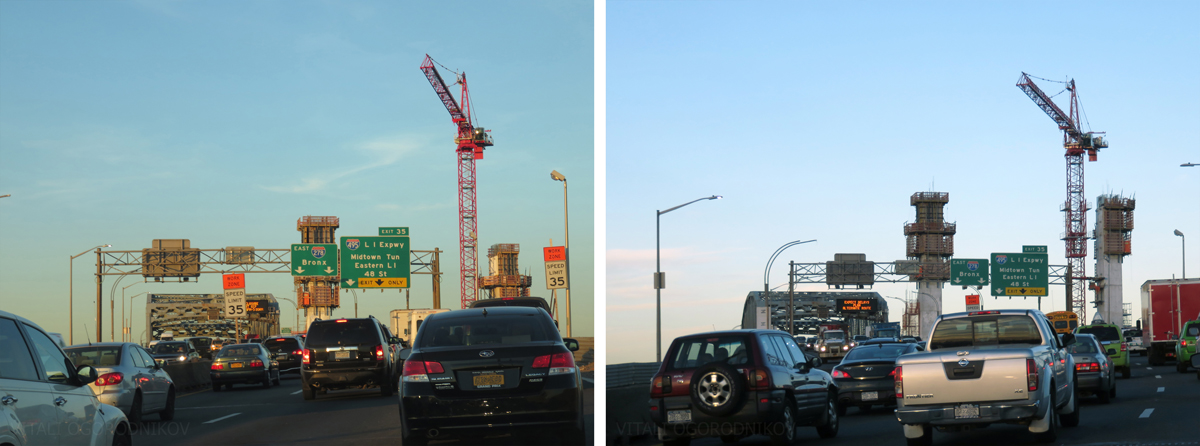
Upon completion of Phase I the east span will temporarily handle the 160,000 vehicle per day traffic for both directions while the old bridge is demolished over a ten month period. Construction of the second span is set to commence in spring 2018. The total project cost is expected to run in the range of a billion dollars. In the meanwhile, the nearby streets will be crowded with construction fences, demolition equipment and detours until the bridge’s mid-2020 completion.
The bridge is already making its mark on the cityscape, and is bound to command attention of an increasing number of New Yorkers as it takes its place on the skyline. This much needed piece of infrastructure is bound to positively impact the lives of millions of motorists, bicyclists and pedestrians as the city’s two largest boroughs are joined by the city’s first bridge of the 21st century.
Subscribe to YIMBY’s daily e-mail
Follow YIMBYgram for real-time photo updates
Like YIMBY on Facebook
Follow YIMBY’s Twitter for the latest in YIMBYnews

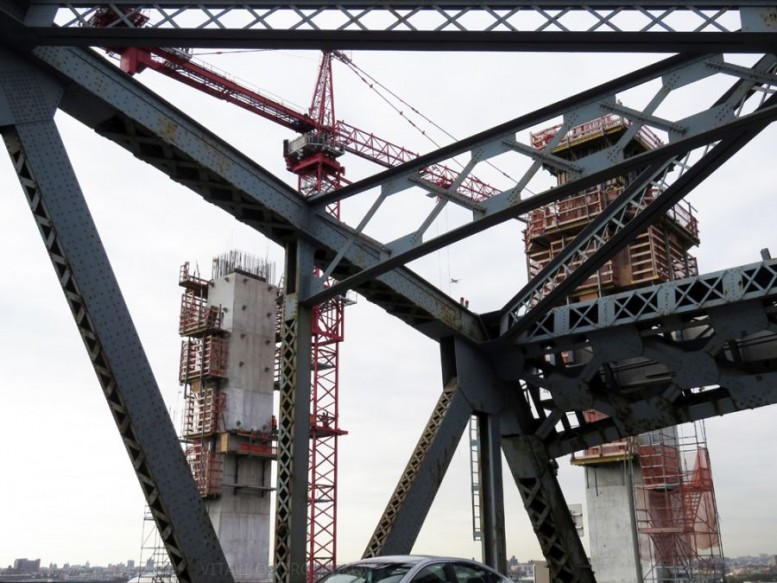
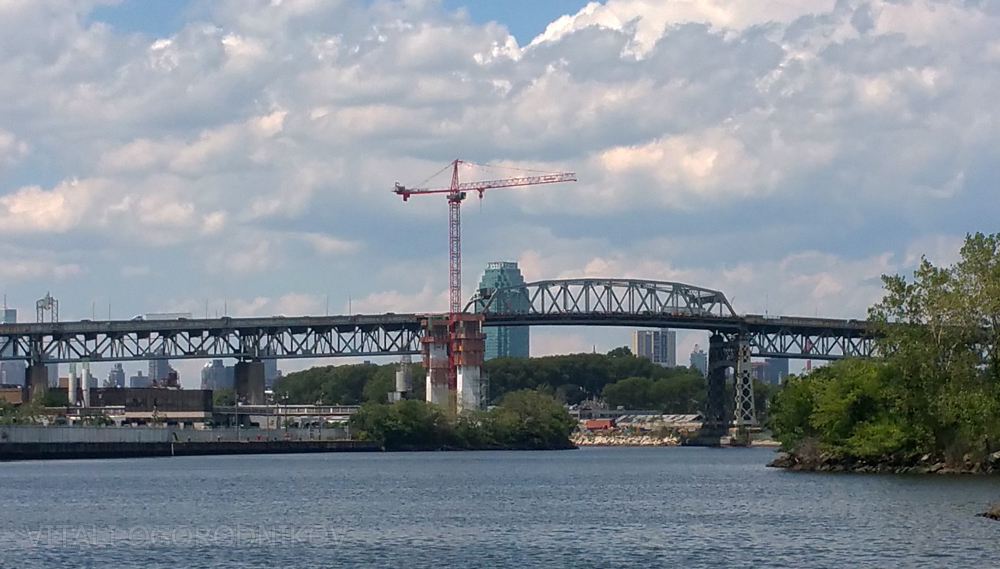

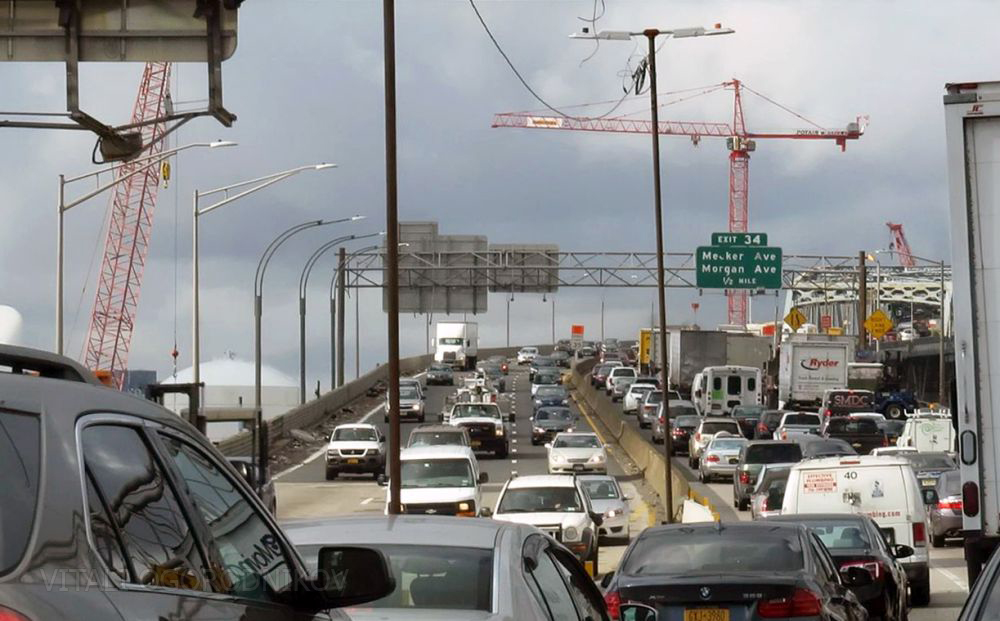
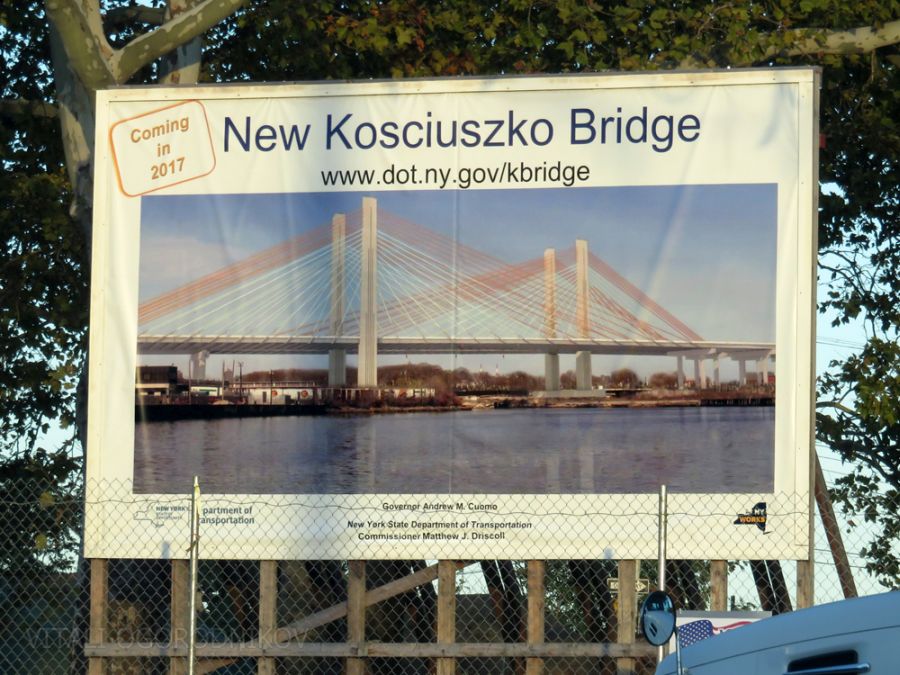

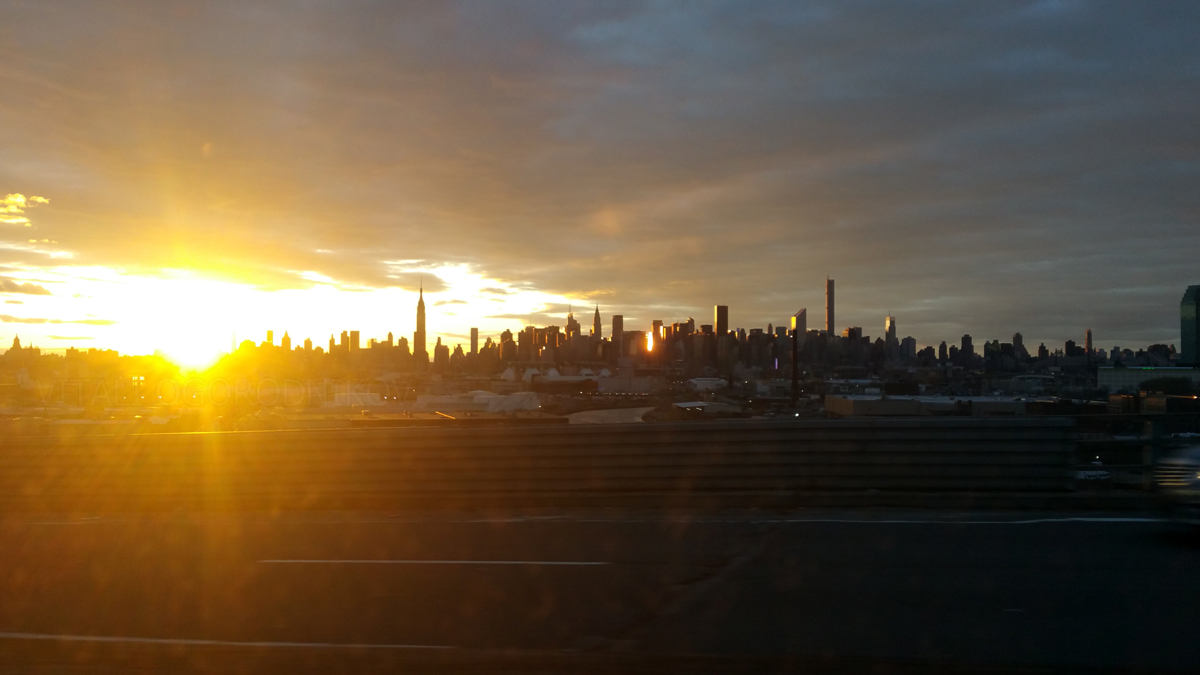
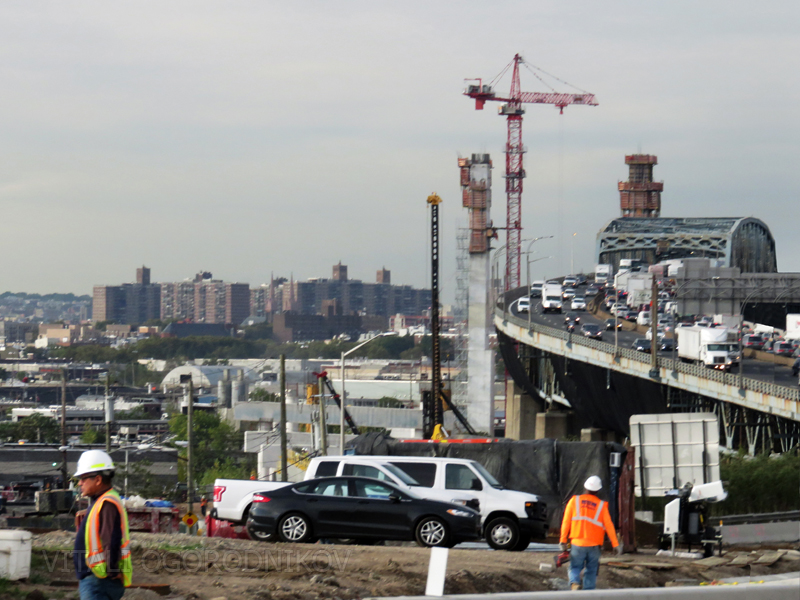
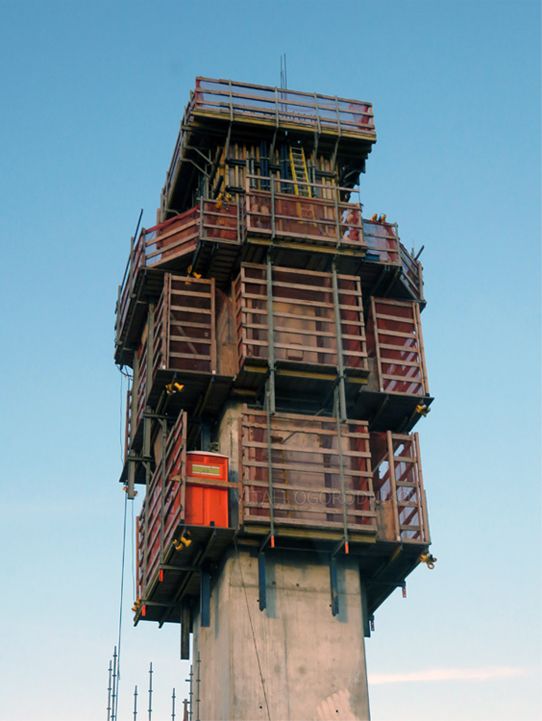
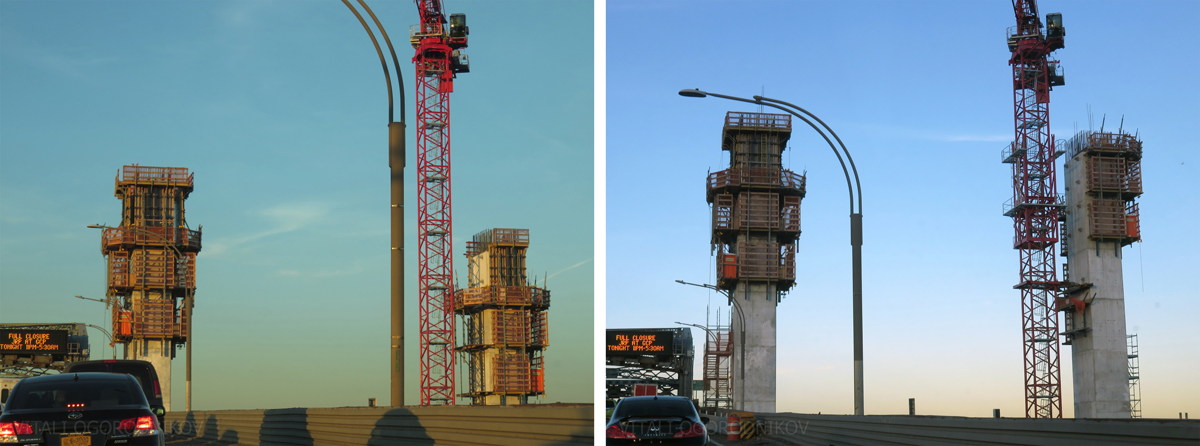
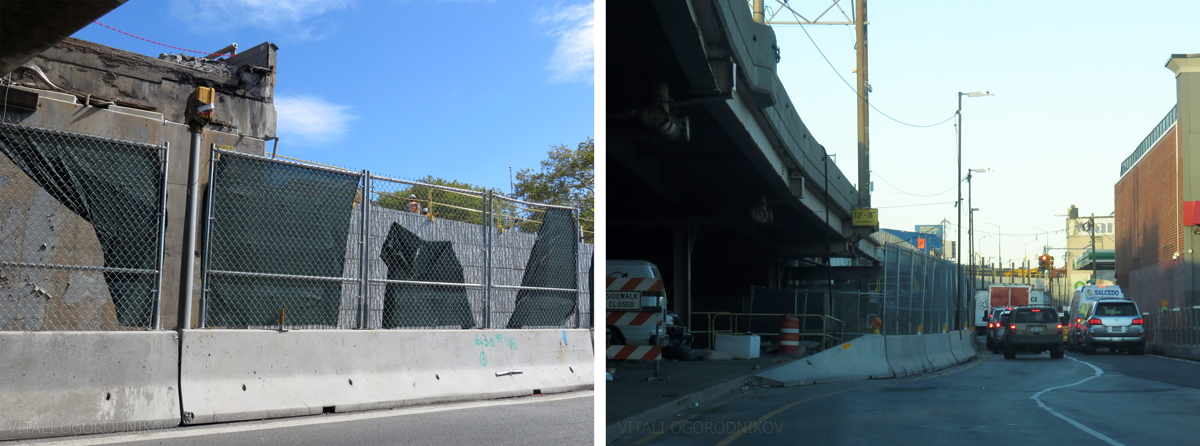
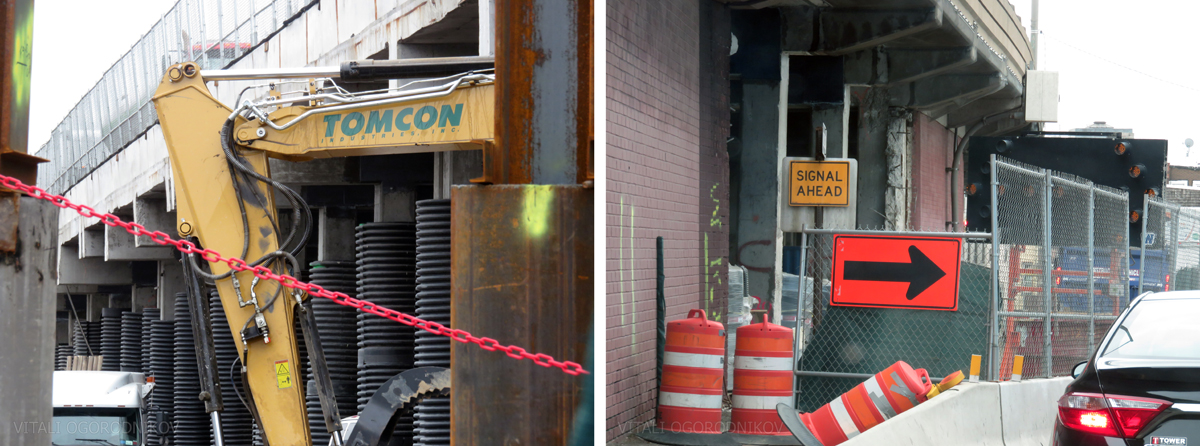
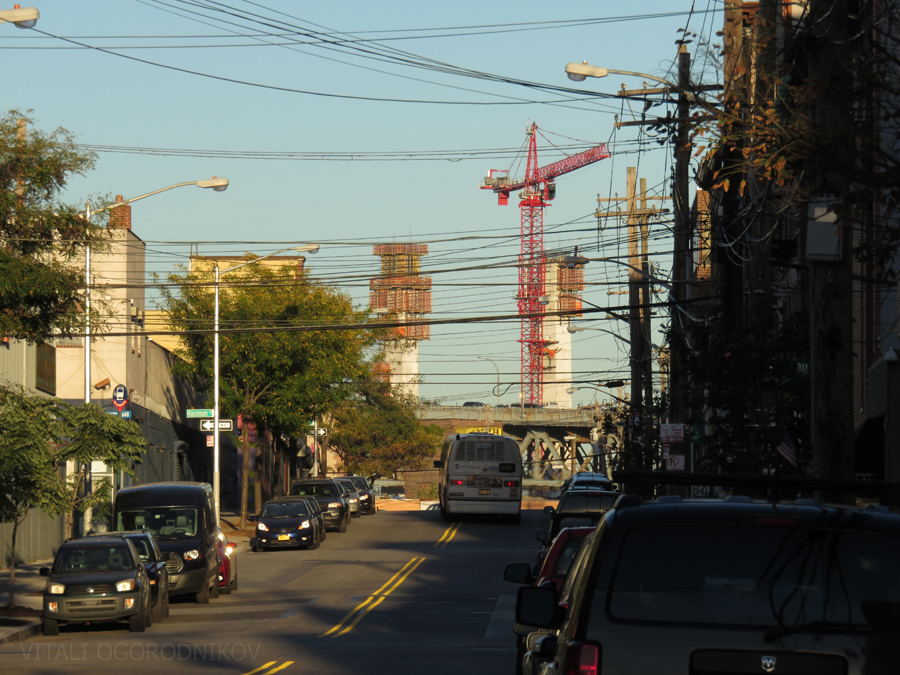
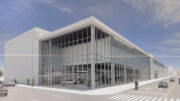
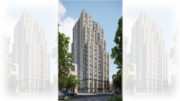
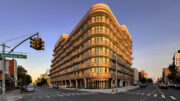

Excellent summary
So what is the route for the NYC marathon?
“the most aesthetically pleasing design carried the day”
That’s a dubious claim, but more to the point, were there any cost differences in cost between the design options?
I presume there were fans of option 4? The writer’s comment was spot on. A great looking bridge structure by far won the day.
The cheapest solution is not to do it at all. Look around: don’t you see enough cost-effective constructions? Even if it were most expensive, let’s do beautiful things for descendants. Do you really think the Brooklyn Bridge was the least expensive solution?!